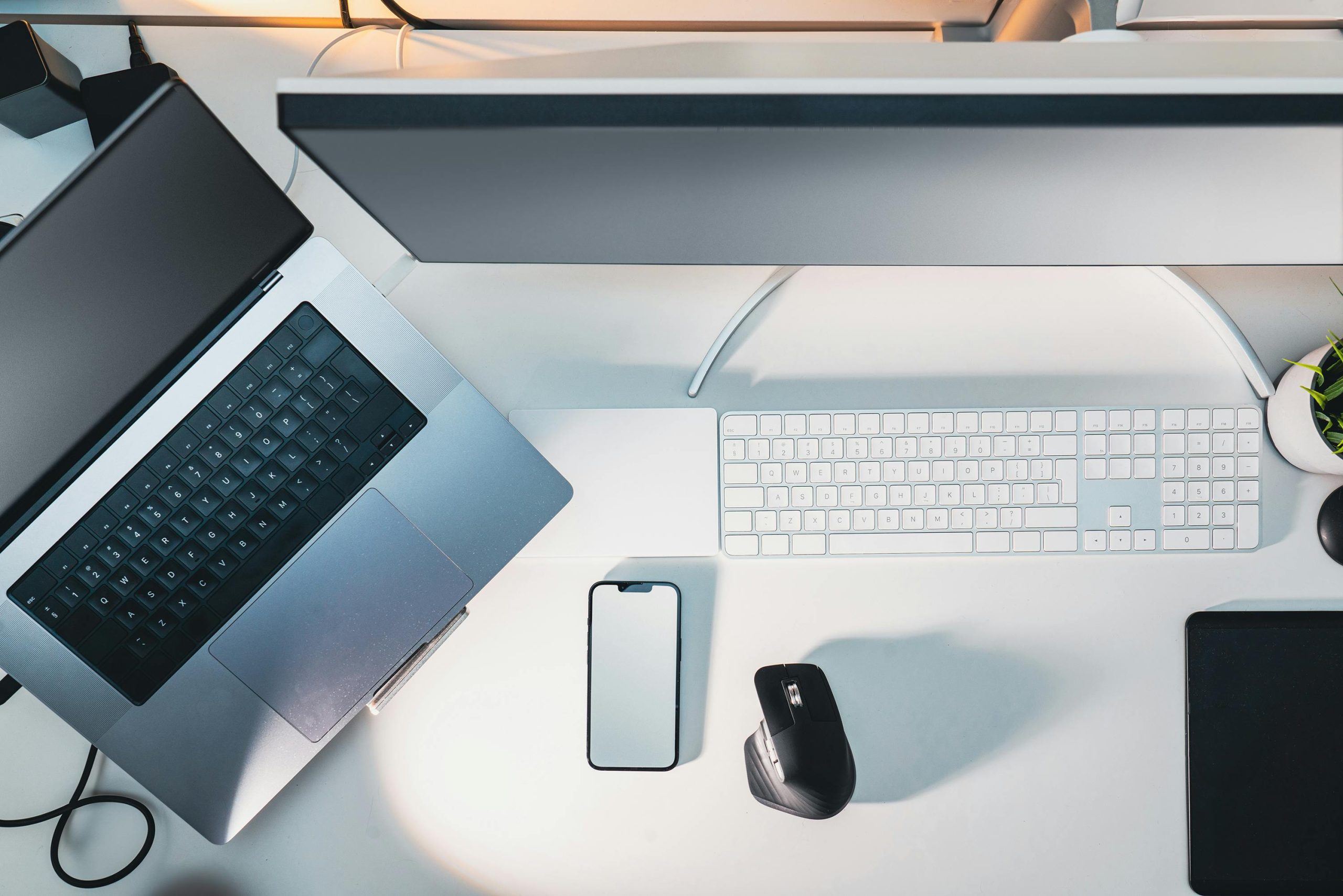troubleshooting Guide: Resolving External Monitor Display Issues After Driver Updates
Introduction
Many users rely on external monitors to enhance productivity, but encountering connection problems can be frustrating. A common issue arises when connecting a second monitor results in both screens going blank or displaying “Input Not Supported” messages. This problem often occurs after driver updates, notably graphics card driver upgrades, which can sometimes lead to compatibility issues.
This article will walk you through effective steps to diagnose and resolve problems related to external monitor connection issues, especially following graphics driver updates.
Understanding the Issue
Users have reported scenarios where:
- An external monitor previously worked fine but now shows “Input Not Supported.”
- Connecting the laptop to the external monitor causes the laptop screen to go blank.
- The problem started after updating NVIDIA graphics drivers.
- The external monitor is set as the primary display, causing conflicts when connected.
Common Causes
- Driver incompatibility or bugs following updates.
- Incorrect display settings or resolution mismatches.
- Faulty or loose connection cables.
- Outdated or corrupted graphics drivers.
- Windows display configuration issues.
Step-by-Step Troubleshooting
-
Verify Hardware Connections
-
Ensure that all cables (HDMI, DisplayPort, VGA, etc.) are securely connected.
- Test with different cables or ports to rule out hardware faults.
-
Confirm that the external monitor is powered on and functioning correctly with another device if possible.
-
Adjust Display Settings
-
Access Windows Display Settings:
- Right-click on the desktop and select “Display Settings.”
- Detect Displays:
- Click on “Detect” to let Windows identify connected monitors.
- Check Resolution and Refresh Rate:
- Set resolution to the recommended settings.
- Adjust refresh rate if necessary.
- Set the External Monitor as Primary:
- Select the external monitor in display diagram.
-
Check “Make this my main display” if desired.
-
Roll Back or Reinstall Graphics Drivers
Since the issue began after updating NVIDIA drivers, consider rolling back to a previous version:
- Open Device Manager:
- Right-click on Start menu, select “Device Manager.”
- Locate Display Adapters:
- Expand “Display Adapters” and right-click on your NVIDIA device.
- Choose “Properties” > “Driver” tab:
- Click “Roll Back Driver” if available.
- Alternatively, uninstall the driver:
- Select “Uninstall device.”
- Restart your computer. Windows may reinstall a generic driver upon restart, or you can manually install
Share this content:



